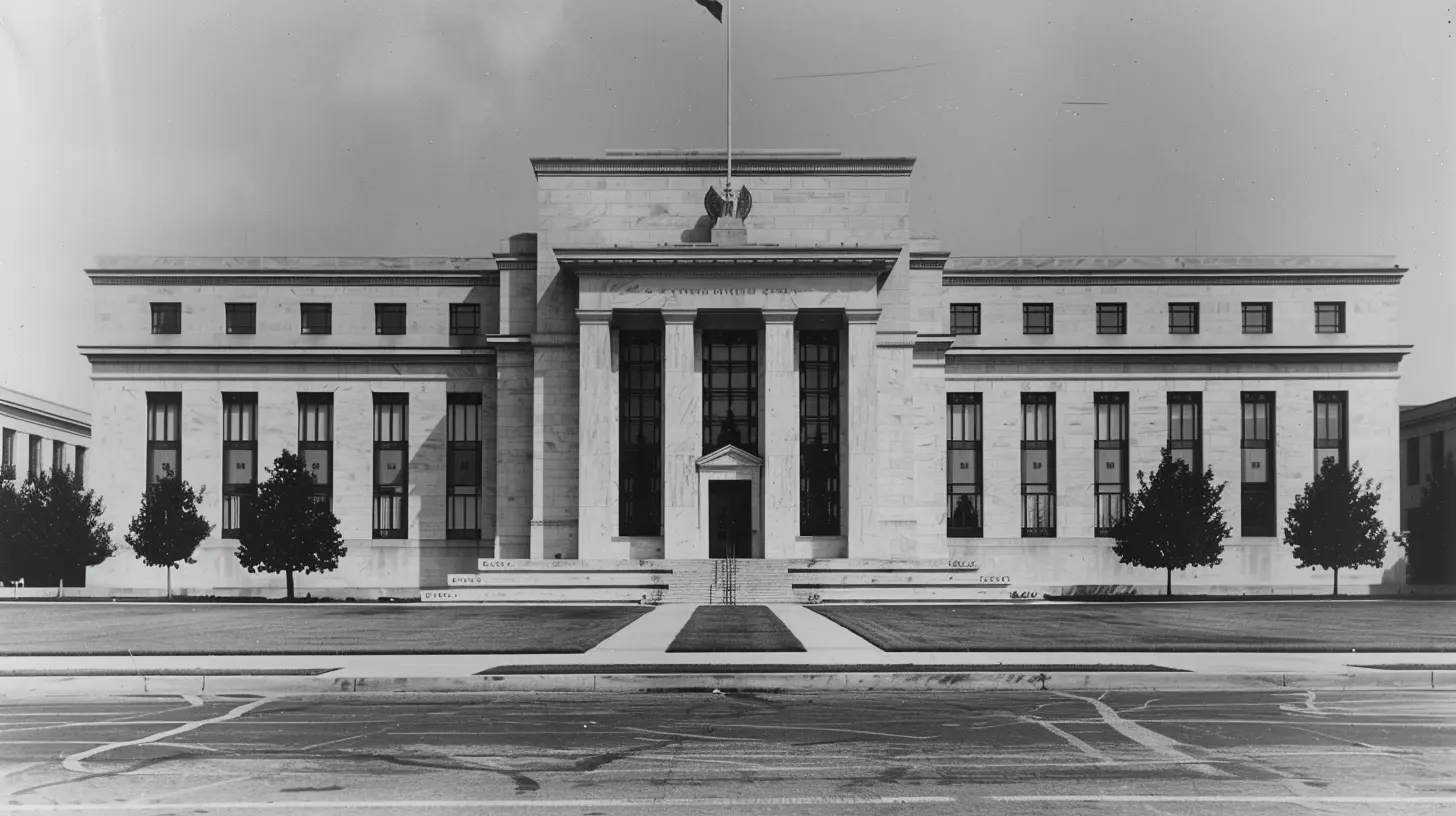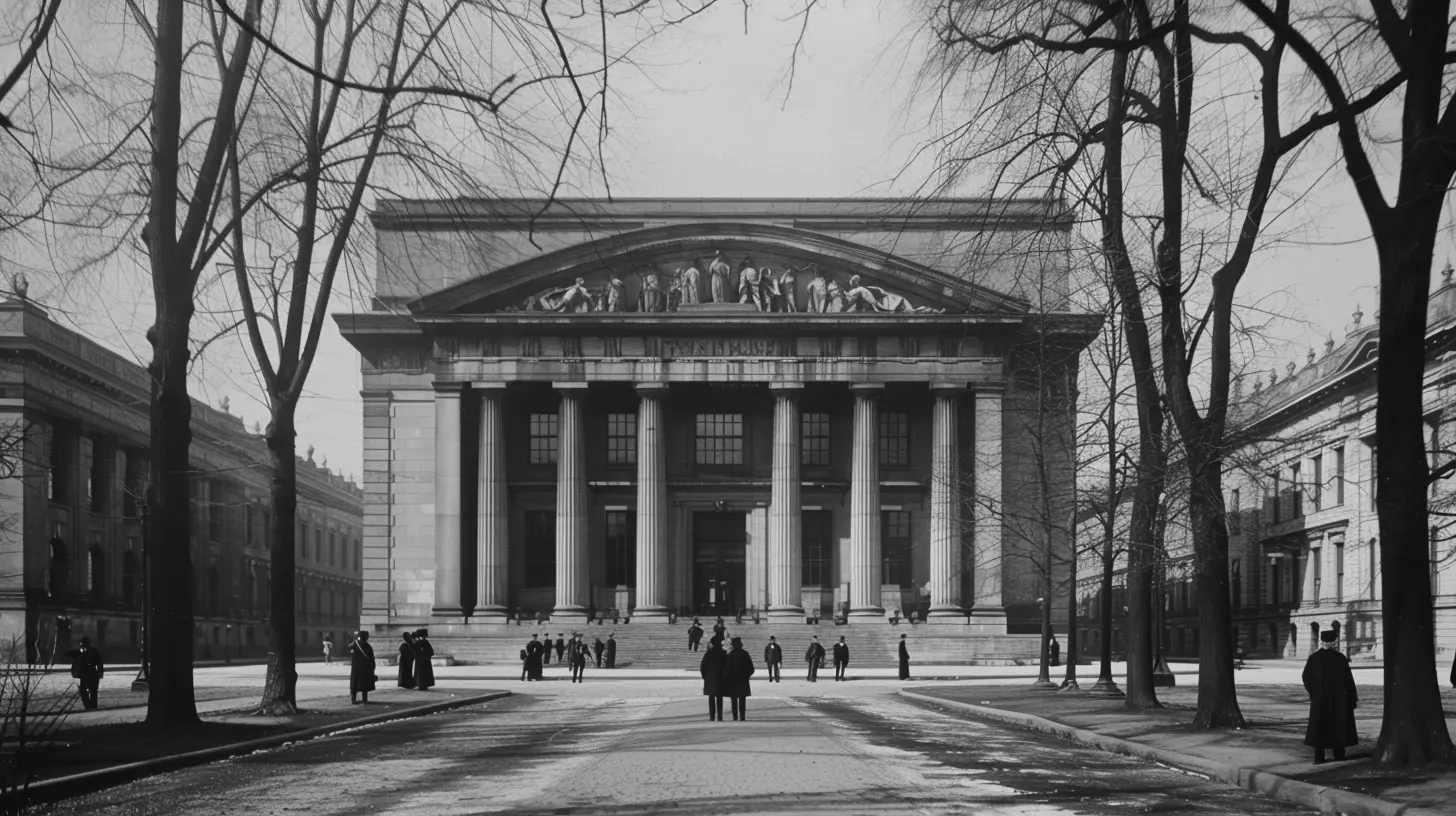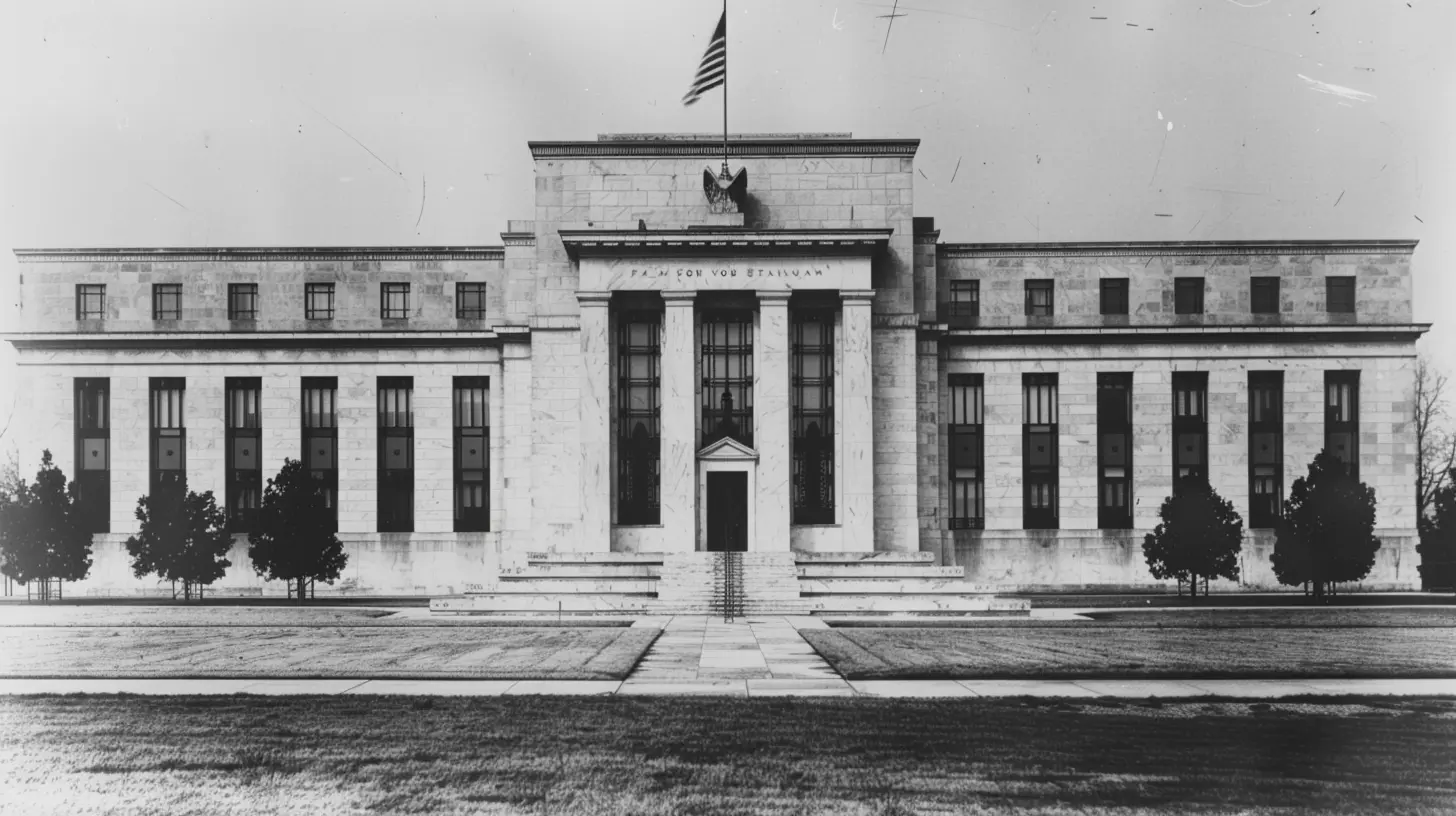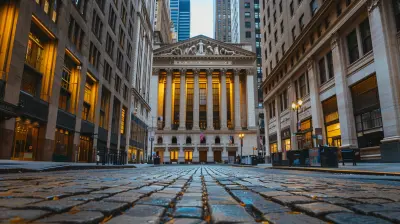Historical Interest Rate Trends and What They Teach Us Today
19 November 2025
Interest rates might sound like something only economists and finance nerds get excited about—but believe me, they affect every single one of us. Whether you're saving for your dream home, paying off a student loan, using a credit card, or investing for retirement, interest rates are right in the middle of it all.
But here's the thing: interest rates haven’t always looked like they do now. In fact, they’ve gone on a pretty wild rollercoaster ride over the decades. So, what can those ups and downs teach us today? Let’s take a friendly trip through time and unpack the lessons hiding in the numbers.
🕰️ A Quick Refresher: What Are Interest Rates?
Before we jump into the historical trends, let’s make sure we’re on the same page.An interest rate is basically the cost of borrowing money. It’s the percentage a lender charges a borrower—kind of like paying rent on money. And on the flip side, it’s also the reward savers earn when they park their cash in a bank.
The most important one to watch? The federal funds rate—that’s the one the U.S. Federal Reserve sets. It influences nearly every other rate out there, from mortgages to savings accounts.
🏛️ The 1950s & 60s: Stability and Growth
Imagine a time when families bought homes for under $10,000 and gas was less than 30 cents a gallon. Welcome to the '50s and '60s!During this era, interest rates were relatively low and steady. We're talking around 1–4% most of the time. It was a period of post-WWII optimism. The economy was growing, inflation was manageable, and the Fed didn’t need to rock the boat too much.
What Can We Learn?
- Low and steady rates helped boost homeownership and consumer spending.- A calm rate environment can create a feel-good economy—people spend more, businesses invest more, and the economy hums along nicely.
But here's the kicker: too much of a good thing? Yeah, that can be tricky.
🔥 The 1970s: Inflation Runs Wild
Enter the disco era—and a financial nightmare. The U.S. got hit hard by stagflation (that’s when inflation is high, but growth is slow). Oil prices shot through the roof thanks to a series of geopolitical shocks, and everything from groceries to gas suddenly cost way more.To control inflation, interest rates needed a wake-up call.
By the late '70s, rates were climbing fast. In 1979, the Fed had had enough. A new chairman, Paul Volcker, stepped in and said, “We need to fix this.”
And fix it he did—by hiking rates aggressively.
What Can We Learn?
- Interest rates are a powerful tool to fight inflation, but using them hurts—especially in the short term.- Borrowing got expensive, real estate cooled off, and unemployment went up.
Still, it was necessary. Sometimes tough love is called for, especially when the economy starts misbehaving.
💣 The Early 1980s: The Wildest Ride Ever
This is the part of our story where things get downright crazy. Buckle up.In 1981, the federal funds rate peaked at an eye-watering 20%. Yes, you read that right—20%!
Mortgages hit similar highs. Homebuyers were crying. Businesses were tapping out. But the tough medicine worked. Inflation finally started to calm down.
What Can We Learn?
- High interest rates can crush inflation—but at the cost of economic growth.- People with loans—especially adjustable-rate ones—felt the pain instantly.
Also, here's a weird twist: savings accounts suddenly looked like jackpots. You could earn double-digit returns just by sticking money in the bank. Sounds dreamy, right?
💵 The 1990s: A Period of Balance
Ah, the '90s. Not just the age of grunge and the internet boom, but also a time of economic stability.After all the drama of the previous decades, the '90s brought us relative calm. The Fed managed interest rates between 3% and 6%, inflation stayed under control, and the economy grew steadily.
We had a blend of solid job growth, rising stock markets, and tech innovation. Interest rate policy was more calculated, less reactive.
What Can We Learn?
- Moderate interest rates can create the perfect blend of growth and stability.- The Fed’s ability to “tap the brakes” when needed meant policymakers had learned from the chaos of the '70s and '80s.
In short, the '90s taught us how effective monetary policy (when done right) could guide an economy without excessive interference.
📉 The 2000s: The Dot-Com Crash and the Financial Crisis
The early 2000s started off strong, but the bubble had to burst somewhere—hello, dot-com crash. The Fed responded by slashing rates, bringing them as low as 1% in 2003.And just when the recovery started gaining steam, the 2008 global financial crisis hit. It was a financial earthquake.
To prevent a total meltdown, the Fed dropped rates to nearly zero and kept them there for years.
What Can We Learn?
- During a crisis, ultra-low rates can prevent an economic collapse—but they’re not a cure-all.- Zero rates encouraged borrowing and spending, but also contributed to asset bubbles.
It was like giving the economy a sugar rush—we felt better for a while, but long-term effects lingered.
📈 The 2010s: The Era of Near-Zero Rates
For most of this decade, rates stayed near historic lows. Recovery was slow and steady. The Fed was cautious—rightfully so.Only as we approached 2015 did they start nudging rates up again. It was a slow dance—a few quarter-point increases here and there, just enough to build momentum without scaring anyone.
What Can We Learn?
- Low interest rates can prop up the economy, but they come with side effects like distorted investment choices.- Cheap borrowing made riskier bets more appealing—for better or worse.
Many investors piled into the stock market or real estate because savings failed to earn anything worthwhile.
⚠️ The 2020s: Pandemic Panic and Rapid Recovery
Then came COVID-19—and with it, global economic lockdowns. To cushion the impact, central banks slashed rates to zero again and launched massive stimulus programs.But as life started to return to normal, inflation came roaring back—fueled by supply chain issues, labor shortages, and surging demand.
By 2022 and 2023, rates were on the rise once more. It felt familiar—like a deja vu moment from the '70s. Suddenly, mortgages doubled, car loans became pricier, and everyone started paying attention to the Fed again.
What Can We Learn?
- Pandemics (or any major disruptions) require aggressive policy moves—but there's always a price.- When rates stay too low for too long, inflation tends to creep in like an uninvited guest.
And here we are—navigating yet another big shift in the financial landscape.
🧠 So… What Do Interest Rate Trends Really Teach Us?
Looking back, here’s the real takeaway: interest rates are a cycle. They rise, they fall, and they reflect where we are in the broader economic dance. And just like fashion trends (hello mom jeans), they tend to come back around.Here are the key lessons:
1. Nothing Stays the Same Forever
Low rates? High rates? Neither lasts forever. So, don’t make long-term decisions based on today’s rate alone.2. Timing Matters
Refinancing your mortgage or taking out a loan? Keep an eye on where we are in the interest rate cycle. Locking in a rate at the right moment can save you thousands.3. Inflation Is the Puppet Master
The Fed’s main job is to keep inflation in check, and interest rates are their go-to tool. When inflation’s high, expect higher rates.4. Saving vs. Borrowing
When rates are high, savers win. When rates are low, borrowers win. Your financial strategy should shift accordingly.5. Diversification Is Your Best Friend
Don’t put all your eggs in one basket—especially during uncertain rate environments. Mix up your investments. Balance risk and reward.🛠️ How to Use This Info in Your Financial Life
Let’s bring it home. What can you actually do with all this info?- Refinance strategically when rates dip.
- Lock in fixed-rate loans during low-rate periods.
- Adjust your investment mix based on rate outlook.
- Be cautious of adjustable-rate loans during rising rate periods.
- Build an emergency fund to ride out rate surprises.
Remember: interest rates are like the tides—they’ll rise and fall. The key is to ride the wave instead of fighting it.
💭 Final Thoughts
Interest rates might not be the sexiest topic (no offense, economists!), but they have huge implications for all of us. From historical sky-high spikes to near-zero lows, rates tell a story of struggle, recovery, and adaptation.By paying attention to the past, we can make smarter moves today. So the next time you hear "The Fed is raising rates," you won’t just nod—you’ll really get what that means.
So, ready to put this knowledge to work? Because financial wisdom, just like interest, compounds over time.
all images in this post were generated using AI tools
Category:
Interest RatesAuthor:

Zavier Larsen

